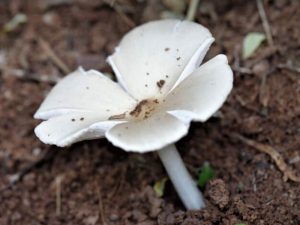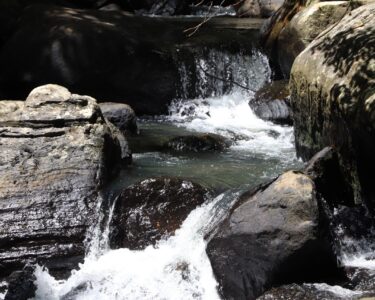In the heart of Sri Lanka, a tropical island teeming with life, recent discoveries are shedding light on a hidden kingdom: the realm of mushrooms. For centuries, these fascinating organisms have held a place in Sri Lankan culture and cuisine, yet much has remained shrouded in mystery. But a wave of research is changing that, unearthing new species and highlighting the urgent need for conservation.
Among the exciting finds are two previously unknown species: Termitomyces srilankensis, found in a home garden, and Candolleomyces ruhunensis, named after the University of Ruhuna where it was discovered. Even Crepidotus striatus, once thought exclusive to China, has been sighted in Sri Lankan forests.
This surge in knowledge isn’t just driven by scientists. Amateur enthusiasts like Hemachandra Kularatne and Gunadasa Pathirana, armed with cameras and curiosity, are playing a crucial role in documenting and identifying mushrooms. Their photos and observations provide valuable data for researchers like Aseni Ediriweera and Samantha Karunarathna, who are tirelessly working to unlock the secrets of Sri Lanka’s fungal diversity.
But amidst the celebration, a shadow looms. Deforestation and climate change threaten these delicate ecosystems and, with them, the precious mushrooms they harbour. Researchers urge the establishment of a national fungarium to preserve specimens and safeguard this vital part of Sri Lanka’s natural heritage.
Beyond their scientific importance, mushrooms hold culinary potential. With traditional knowledge fading, Karunarathna is developing a guide to edible Sri Lankan mushrooms, aiming to revive local consumption and diversify the island’s cuisine. Cultivating these native varieties could offer sustainable food options and revitalize cultural practices.
The story of Sri Lankan mushrooms is a testament to the power of collaboration, curiosity, and dedication. It’s a reminder of the hidden treasures waiting to be discovered in our natural world, and a call to action to protect those treasures for future generations. So, the next time you see a mushroom, remember, it might just be a piece of Sri Lanka’s incredible biodiversity waiting to be unraveled.








